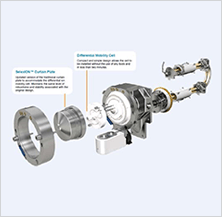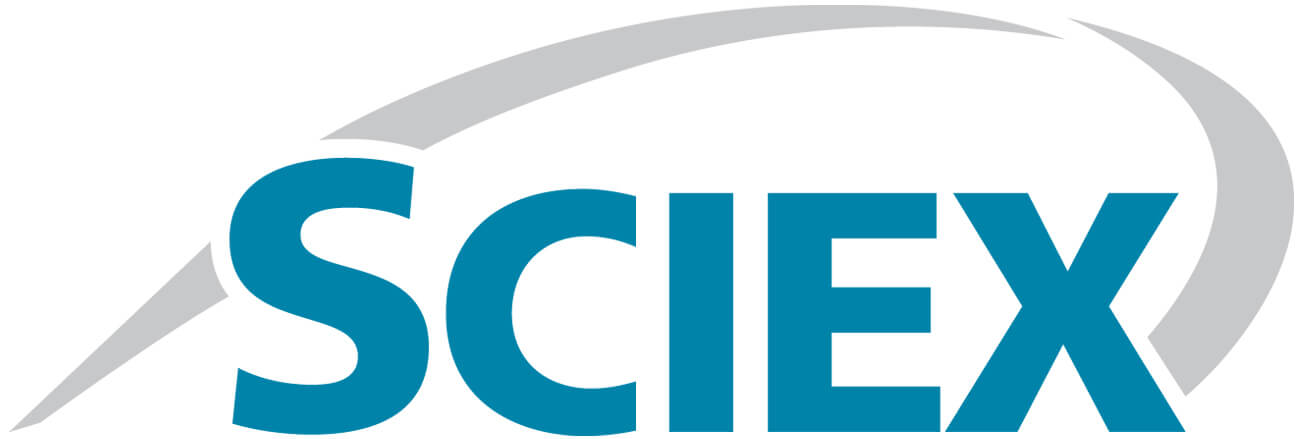Key scientific challenges of peptide quant assays
- Reduced recovery, low sensitivity – The adsorptive properties and/or polarity of peptides can compromise recovery, and interferences from biological matrices can negatively impact sensitivity and selectivity.
- Limited quantitation range – Poor MS/MS sensitivity combined with often poor selectivity can compromise the desired lower limits of quantitation (LLOQ).
- Limited MRM selectivity – MRM approaches and efficient UHPLC separations may not provide adequate signal-to-noise ratios at LLOQ due to isobaric interferences or high baseline noise.

Key benefits of differential mobility separation (DMS) for peptide quant assays
- Background noise reduction enhances LLOQs – For cases where background noise limits LOQ, DMS provides an additional level of selectivity, orthogonal to the mass spectrometer and LC system.
- Better sensitivity even with less refined sample prep – Selectivity gains from DMS permit less selective sample preparations, allowing for overall improvements in sensitivity due to more efficient extractions and better recovery.
- Selectivity improvements overcome sensitivity losses – DMS is often accompanied by a loss in absolute sensitivity, but the gains in selectivity improve the potential for real gains in LLOQ.

Key features of SelexION™ Differential Mobility Separation Technology for peptide quant assays
- Separation of diverse species reduces baseline noise – SelexION Technology separates isobaric species, and single and multiple charge state interferences to reduce background levels and achieve better selectivity and LOQs –while retaining compatibility with UHPLC/MRM speeds.
- Simple installation and maintenance – DMS is truly orthogonal to LC and MSMS; installs in minutes with no tools required and no need to break vacuum. Device maintenance is minimal and very straightforward.
- Shortened assay cycle – SelexION™ Technology can potentially reduce chromatographic runtimes.
- Efficient separation process – Planar geometry results in short residence times, high speeds, and minimal diffusion losses for maximum sensitivity and UHPLC compatibility.
- Chemical modifiers for further selectivity – Introducing chemical modifiers to the homogenous fields of the SelexION™ Device cell allows for amplification of the separation capacity and adds a new dimension of selectivity.
- Compatible with high-throughput, regulated environments – SelexION™ Technology provides ruggedness and stability to enable high performance quantitative bioanalysis under GLP settings.






